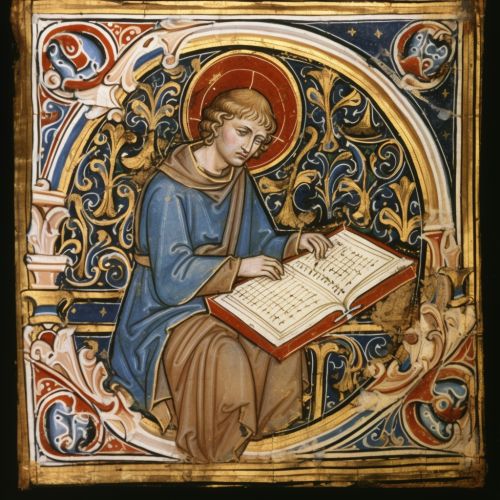Peter of Maricourt
Early Life
Peter of Maricourt, also known as Petrus Peregrinus de Maricourt, was a 13th-century French scholar who made significant contributions to the field of magnetism. His exact birth and death dates are unknown, but his most notable work, "Epistola de Magnete," was written in 1269, indicating that he was active during the latter half of the 13th century.


Contributions to Magnetism
Peter of Maricourt is best known for his work on magnetism, specifically his detailed study of the properties of the lodestone. His treatise "Epistola de Magnete" is considered one of the foundational texts in the study of magnetism. In this work, he detailed the properties of magnets and the Earth's magnetic field, and he is credited with the discovery of the concept of magnetic poles.
Epistola de Magnete
"Epistola de Magnete" is a letter addressed to a friend, in which Peter of Maricourt describes his experiments with magnets. He used a lodestone, a naturally occurring magnet, to explore the properties of magnetic attraction and repulsion. His detailed observations and systematic approach to experimentation are considered a precursor to the scientific method.
In "Epistola de Magnete," Peter of Maricourt described several key properties of magnets. He noted that every magnet has two poles, which he named the North and South poles. He observed that like poles repel each other, while opposite poles attract. He also discovered that the magnetic poles are invariant, meaning they do not change even if the magnet is broken or reshaped.
Magnetic Poles and Compass
Peter of Maricourt is also credited with the invention of the first magnetic compass. He noted that a freely suspended magnet always aligns itself in a north-south direction, a property he used to create a rudimentary compass. This discovery had a profound impact on navigation, allowing sailors to determine their direction even when landmarks or celestial bodies were not visible.
Legacy
Peter of Maricourt's contributions to the study of magnetism laid the groundwork for future scientific exploration in this field. His systematic approach to experimentation and his detailed observations set a standard for scientific inquiry. His work on the magnetic compass also had practical applications, improving navigation techniques during the Middle Ages.


